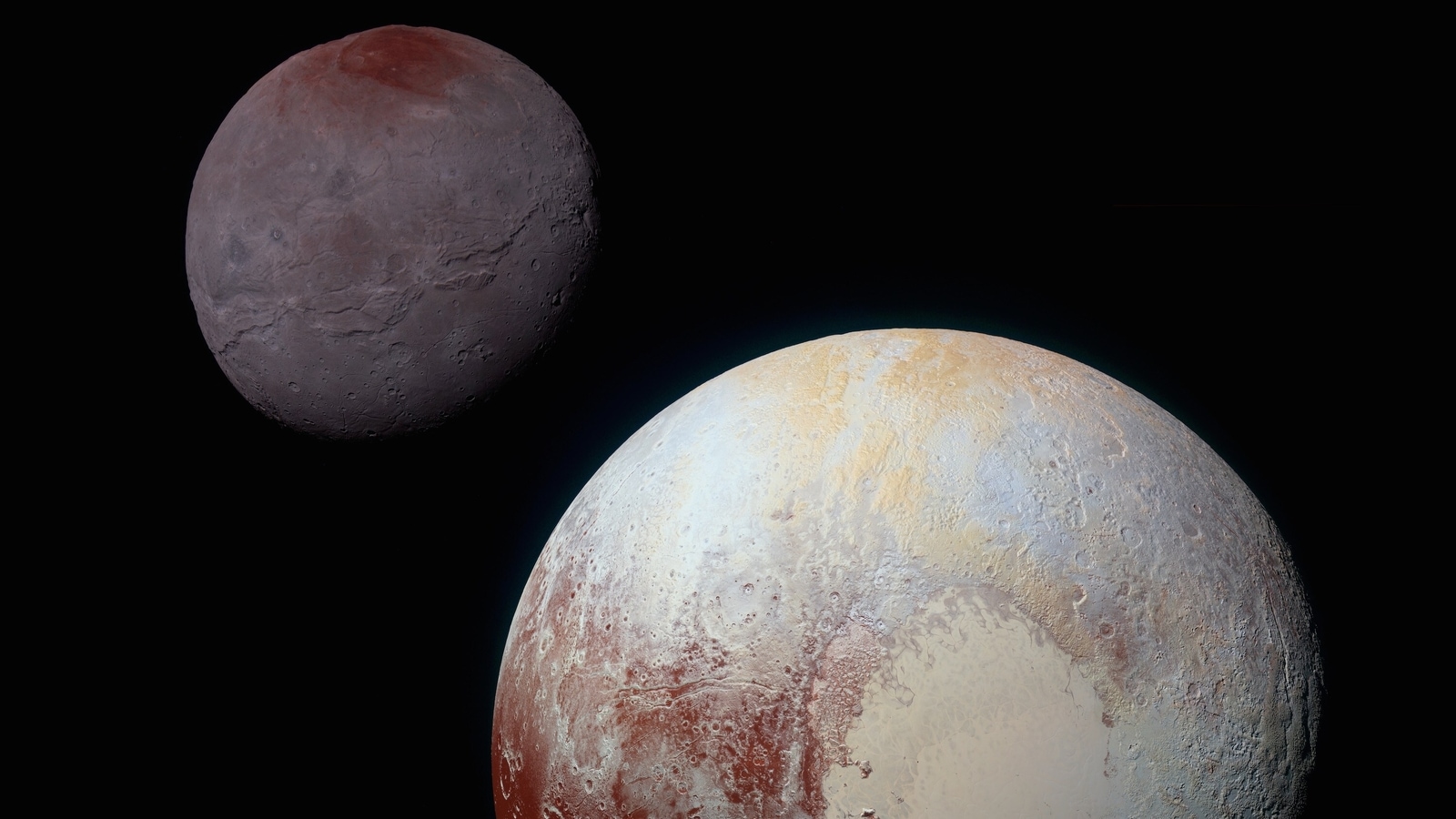Today happens to be ‘Pluto Demoted’ Day. The day marks Pluto being excluded from the elite list of planets, reducing their total number to eight. On 24 August 2006, Pluto's status was downgraded from a full sized planet, which it had donned for more than 70 years, to a dwarf planet by the worldwide society of professional astronomers – International Astronomical Union (IAU).
How was Pluto discovered ? On 18 February 1930, astronomer Clyde Tombaugh the observing assistant working at the Lowell Observatory in the United States, saw this hidden planet. Renowned astronomer Percival Lowell believed that this planet, then called Planet X, perturbed the orbits of Uranus and Neptune. However, this hypothesis of Lowell was later proved incorrect.
Talking about the discovery, the IAU website reads , “As he (Tombaugh) flicked from one plate to the other, trying to see if something moved slightly between the two (the tell-tale sign of the planet he was hunting), he spotted something. In one part of the frame, a small object flitted a few millimetres as he switched between the two plates. Tombaugh had found his new planet! ” The American Astronomical Society, the Royal Astronomical Society in the UK and the IAU acknowledged the Tombaugh discovery and officially included the object in the list of planets, adopting the name Pluto.
How did the scenario change ? But after subsequent discoveries and advancement in technology, astronomers found over 1,000 objects orbiting beyond Neptune. The zone is now called the trans-Neptunian region, and these bodies are labelled as Trans-Neptunian Objects. These discoveries perplexed astronomers to give a second thought to Pluto being a planet, as it might simply be the first of a population of small, icy bodies beyond the orbit of Neptune.
“With so many Trans-Neptunian Objects being found, it seemed inevitable that one or more might be found to rival Pluto in size,” IAU mentions. The definition of the planet needed serious reconsideration. How to define a planet ? In the 2006 IAU General Assembly in Prague, the astronomers set three conditions for celestial objects to be a planet in the Solar System.
A celestial body that (a) to orbit around the Sun (b) has sufficient mass for its self-gravity to overcome rigid body forces so that it assumes a hydrostatic equilibrium (nearly round) shape (c) has cleared the neighbourhood around its orbit Although the decisions and recommendations are not enforceable by any national or international law, it is a general convention to accept the IAU decisions for the naming and nomenclature of planetary bodies and their satellites since the early 1900s. Is the debate settled ? But the debate is far from settled. Experts have argued that Earth, Jupiter and other planets also cannot meet the IAU’s 2006 definition.
They argued that the zone clearing clause also affects Earth, Mars, Jupiter, and Neptune, none of which have a clear orbital zone. Earth orbits with 10,000 near-Earth asteroids, while Jupiter’s path is littered with over 100,000 ‘Trojan asteroids’ (chunks of rubble left over from the Solar System’s formation over four billion years ago). In a report , the BBC claimed that Prof Owen Gingerich of Harvard, who chaired the planet definition committee, said that only 10% of the 2,700 scientists who had attended the 10-day meeting were present at the Pluto vote.
Prof Alan Stern, chief scientist for the New Horizons mission, also rejected the resolution by calling the outcome “an awful decision” and described the new definition as “internally inconsistent”, the report added. SHARE THIS ARTICLE ON Topics pluto nasa pluto nasa Subscribe to our best newsletters HT Daily Capsule Pick a topic of your interest and subscribe All Newsletters Subscribe Subscribed to newsletter successfully Thank you for subscribing to our Daily News Capsule newsletter. Personalise your news feed.
Follow trending topics Done TRENDING TOPICS Horoscope Today Adani Group NEET UG 2022 Answer Key Live.

